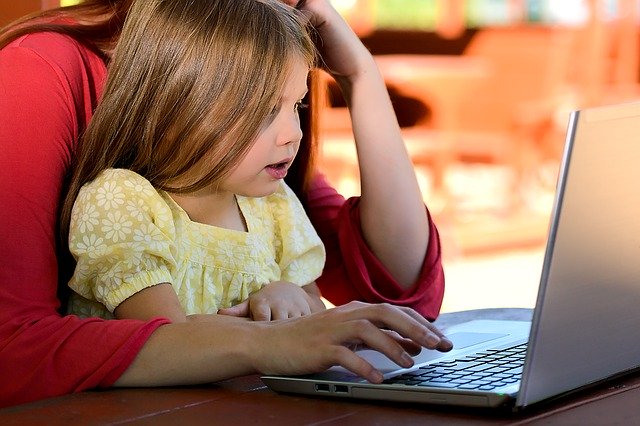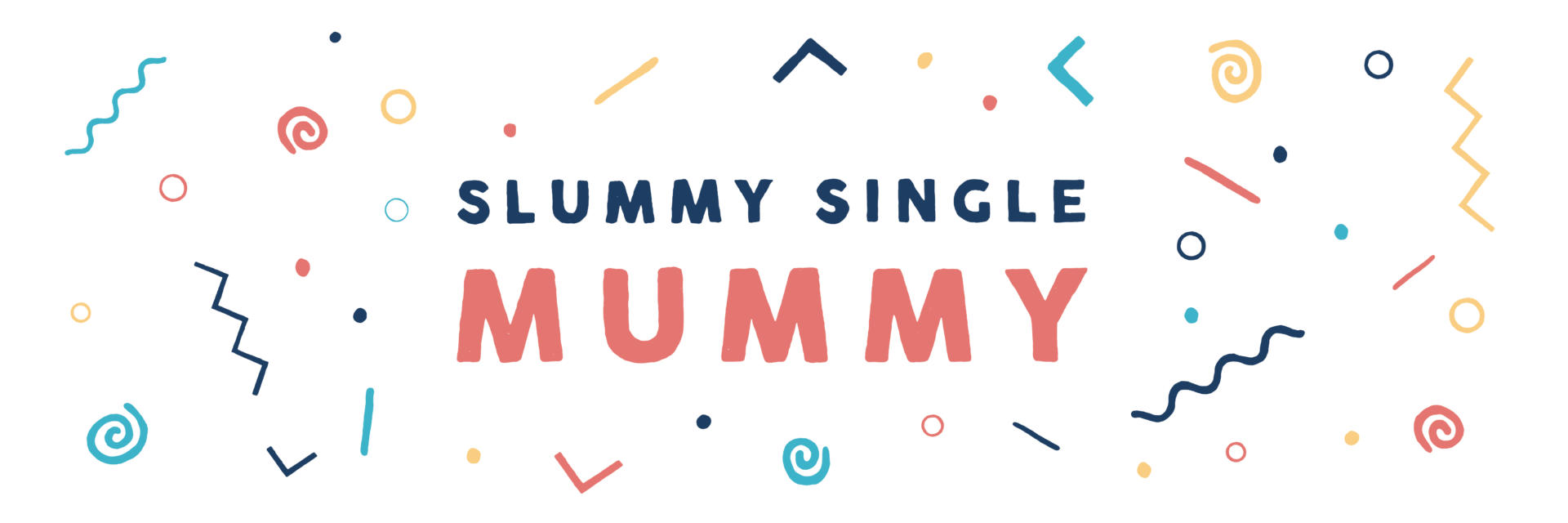
The recent ‘Wren Eleanor’ TikTok movement has had a positive impact on child safety online, inspiring parents on social media to remove
photos and videos of their kids to protect them from potential child predators. It has also helped to encourage more discussion about children’s privacy and safety online, which is always going to be a good thing.
We all know as parents that the internet is potentially a dangerous place for children, but how many practical steps do we actually take to help protect and educate them about potential dangers and online safety and could we be doing more? As well as installing things like a trusted virtual private network, what other things should we be thinking about?
What are the dangers for kids on social media?
There are many potential risks for young children using social media, both direct and indirect dangers and those coming from their peers or from older people. Let’s take a look at a few of the most common concerns for parents:
Child predators
The internet has made it much easier for child predators to form relationships with children because it’s so easy to pretend to be someone you’re not and make a child feel safe when really they are anything but. As with most of the issues we discuss in this post, communication and openness is key with your child. They need to be absolutely clear that they can talk to you about anything, and that anybody online who encourages them to keep a secret, to not tell their parents something, for whatever reason, is DEFINITELY something that you as a parent need to know about.
Be strict and vigilant about the sort of platforms your children are using to make sure that they are age appropriate and that you have the relevant safety mechanisms in place and don’t be afraid to actively monitor their activity and messages. Talk to your children regularly about the importance of their privacy and safety online, reminding them not to share personal information or photos.
Cyberbullying and stalking
Where the threat of predators normally comes from adults, cyberbullying is something that children can experience at the hands of their peers, either people they only know online or perhaps children they know from school or clubs who then take bullying or stalking online. Staying safe from cyberbullying can be trickier when it’s from children the same age, especially as children are more likely to play it down if it’s someone they feel is meant to be a ‘friend’.
Again, encourage open and honest conversation and make sure your children understand their own boundaries and feel able to tell you about anything that makes them feel sad or uncomfortable.
Self-esteem
When we think about child safety on social media we need to look beyond the predators and the bullies and think also about the indirect impact on their emotional wellbeing. Even though we know as adults that the images and videos we see on social media are often airbrushed, or at the very least a rose tinted view of reality, we can still get drawn into comparing ourselves and for children this can be an even bigger risk.
Not only does social media present a distorted view of reality, it gives an artificial idea of what it means to be a ‘good person’ in terms of measuring a person’s worth by the number of likes their photo might get. It’s really important to have frank, ongoing discussions with children about the realities of social media and to encourage as much offline activity as possible that validates them and gives them a sense of self-worth from other things.
Conclusion
The dangers for kids of the internet and social media come in many forms and often when we as parents least expect it. While we may never be able to protect them completely, there are things that we can do to help keep our children safe. Adding safety features to your devices at home, imposing honest and transparent internet usage policies in the home and, most importantly, having a trusting and supportive relationship with your children, are all key to keeping the whole family happy and safe.
